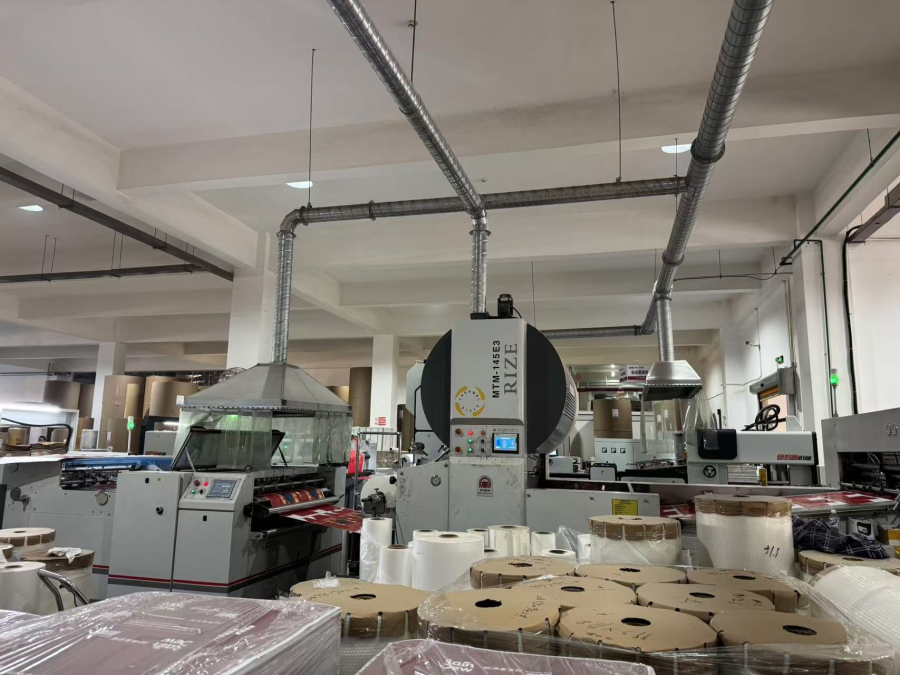Laminating process in common gift boxes
80% of the gift boxes on the market have to go through the laminating process. The product being produced today is a famous dish commonly found in southern China: Buddha Jumps Over the Wall.

First, let me introduce to you what the laminating process is. As a process to protect and decorate the surface of printed products, laminating accounts for a large share in post-printing processing. Most printed products are processed by laminating. The surface of the printed products after laminating will be smoother, brighter, more stain-resistant, water-resistant, and wear-resistant. For example, the color of the book cover is brighter and less likely to be stained. The wear resistance, folding resistance, tensile strength, and waterproofness of the printed products have been greatly improved, which protects the appearance of various printed products and increases their service life. The most important thing is that laminating can make up for the quality defects of printed products to a large extent. Many surface defects that occur during the printing process can be covered after laminating (especially after laminating with matte film).

Secondly, laminating technology is widely used in various types of packaging and printing products in my country, including books, periodicals, albums, calendars, color boxes, etc. in various binding forms. It is a very popular surface processing technology for printed products. The scope of application is also very wide. For paper weighing more than 200 grams, laminating technology must be used where there are creases in solid color parts. Paper weighing less than 128 grams is prone to curling after single-sided laminating due to different surface tensions on both sides, and the color saturation of printed products will be slightly reduced after matte film coating.








